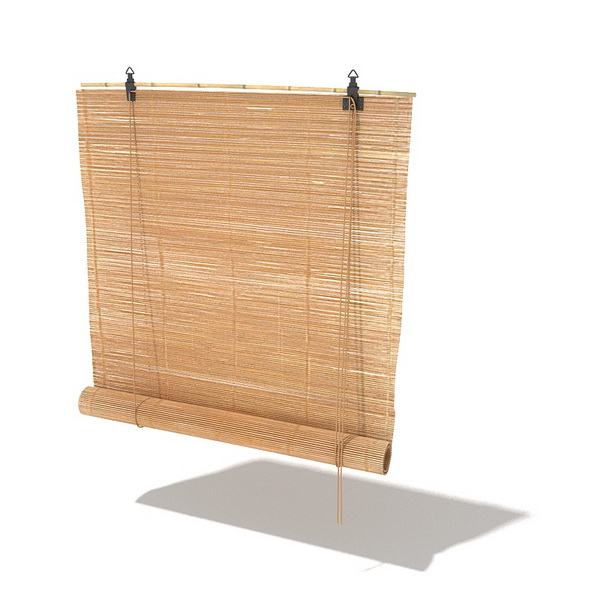


Click on Add Objects and select the walls, ceiling, rod, floor and column. Go to ‘Object Properties’ in Object rollout of the Cloth modifier. These are the objects with which our cloth simulation will interact and collide with. First of all, we need to input into the modifier all our collision objects. Now select the curtain mesh and apply the ‘ Cloth‘ modifier to it. Turn on Auto Key, go the 100th keyframe and halve the length. For that we’ll animate the length of the rod. Right now the curtain is completely flat without any folds. The rod will be the key to getting some nice folds on the curtain. The rod needs to have a lot of length segments as well. Otherwise, our simulation will not run properly.Īlso, at the top of our curtain, I’ve placed a cylindrical rod to which our curtain will be attached in simulation. Make sure the curtain mesh doesn’t intersect with any other object like the wall and ceiling. Before we can simulate this plane, we need to convert it into an editable poly. This plane object will serve as our curtain, therefore a high polycount will help in making it look organic. To get started, we’ll need to create a plane object with a lot of segments. In this tutorial, we’ll be creating our curtain meshes, then animating them to get nice folds, and finally applying a wind force to them. It’s really easy to implement and just takes few minutes of your time. Here’s a really cool method to add realism to your images by creating believable “ Wind blowing over the Curtains” simulation using 3ds Max and VRay of course!


 0 kommentar(er)
0 kommentar(er)
